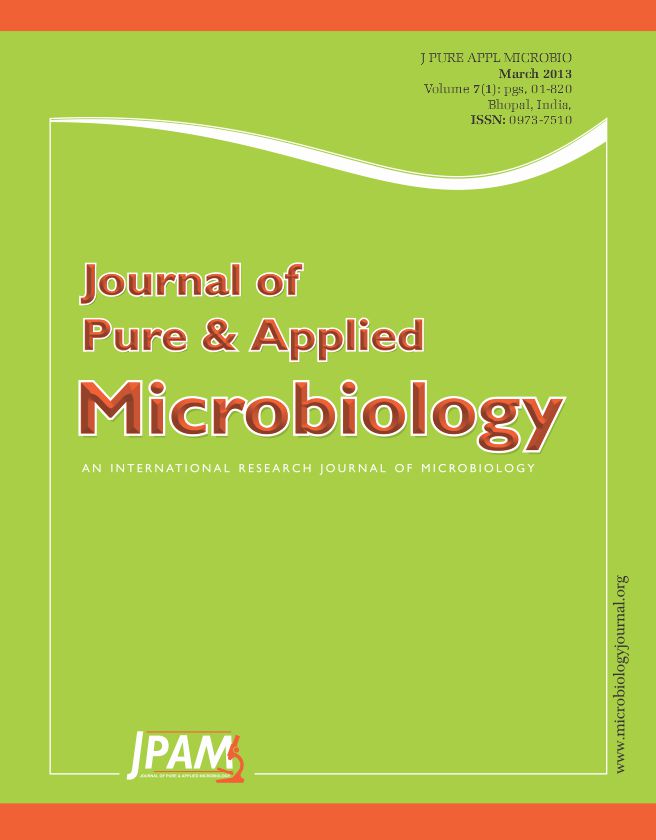Inducing apoptosis of tumor cell is one of the main therapeutic measures on tumor. 20 (S)-Ginsenoside-Rh2 (Rh2) is a kind of antineoplastic agents developed from plants. In this study, the effect of Rh2 on apoptosis and its underlying mechanisms were investigated in human lung adenocarcinoma A549 cells, using the methylthiazoletetrazolium (MTT) assay to detect cell survival, Hoechst33258 staining to observe morphological changes during apoptosis through inverted fluorescence microscope, dual luciferase reporter system to detect NF-êB-Luc relative luciferase activity, immunofluorescence assay to test phosphorylation expression level and nuclear translocation of transcription factor NF-aB p65, RT-PCR to analyse TNF-a mRNA expression level. The results showed that Rh2 could inhibit cell proliferation and induce apoptosis in A549 cells. Compared to the control group, relative luciferase activity of NF-kB-Luc reportor gene significantly improved in A549 cells treated with Rh2, nuclear NF-kB p65 fluorescence luminance increased obviously, and the expression of TNF-a mRNA remarkably enhanced. Taken together, these results suggest that Rh2 can induce apoptosis of A549 cells by activating NF-êB signaling pathway and up-regulate the expression of TNF-α.
20 (S)-Ginsenoside-Rh2, human lung adenocarcinoma A549 cells, Apoptosis, NF-Kb, TNF-α
© The Author(s) 2014. Open Access. This article is distributed under the terms of the Creative Commons Attribution 4.0 International License which permits unrestricted use, sharing, distribution, and reproduction in any medium, provided you give appropriate credit to the original author(s) and the source, provide a link to the Creative Commons license, and indicate if changes were made.


